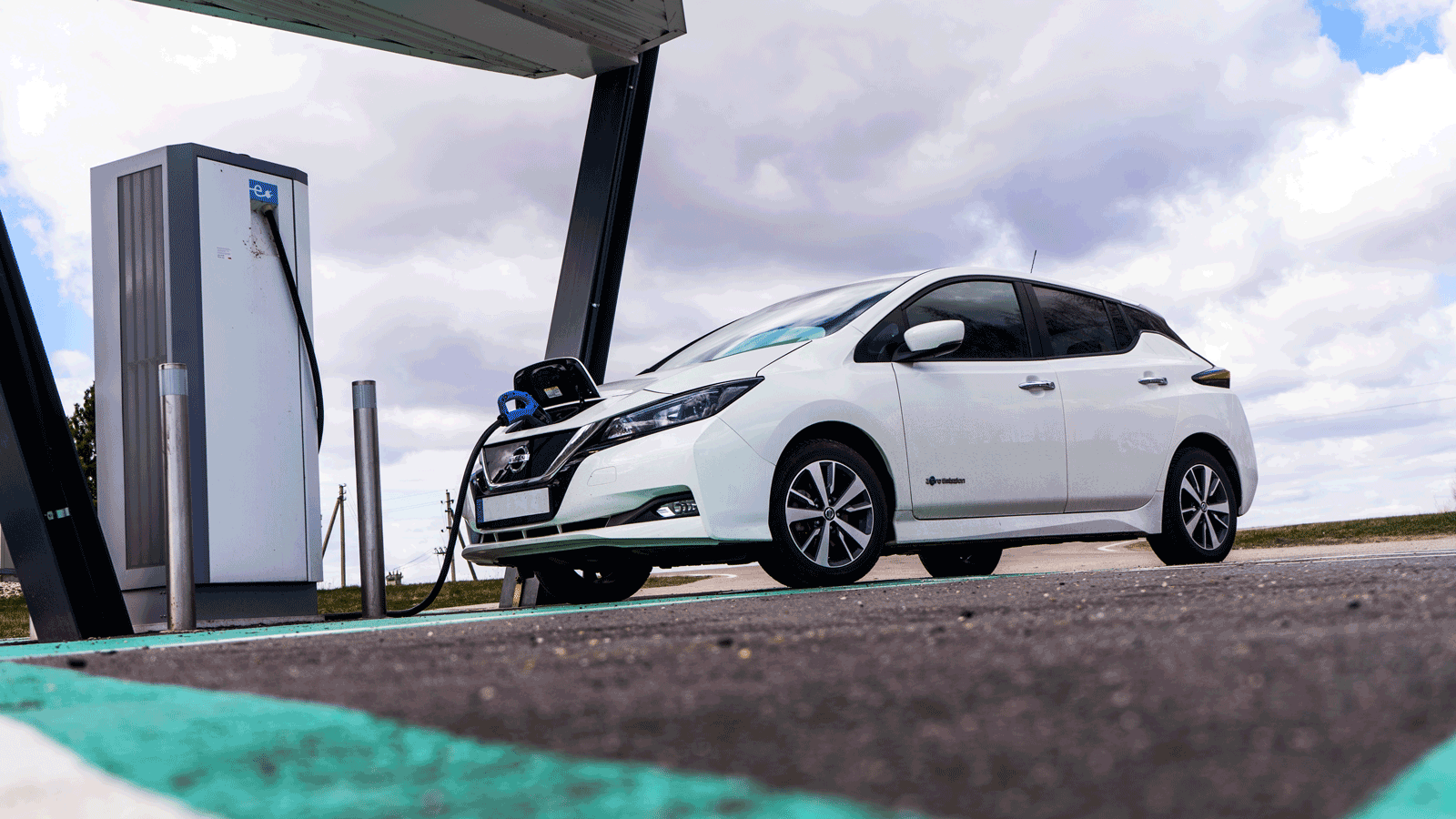
Tanya Weaver Wed 10 Jul 2024
Collected at: https://eandt.theiet.org/2024/07/10/v2g-evs-prove-they-are-big-batteries-wheels-they-power-electricity-grid-during-blackout
During an electricity blackout in Melbourne, a fleet of electric vehicles (EVs) were able to feed power back into Australia’s electricity grid, according to a report from the Australian National University (ANU).
Vehicle-to-grid (V2G) technology, which uses the batteries of EVs to balance electricity load on the grid, has been demonstrated through a number of lab tests and field trials .
V2G charging enables energy to flow bi-directionally – from the grid into an EV and back again. This means that the high-capacity batteries also act as backup storage cells for the electrical grid, and can be used as extra energy to power houses, buildings and anything else connected to the grid.
Another potential application of V2G EVs is as a backup in case of unforeseen power cuts – for example, during a storm. This was recently the case in Australia. On 13 February 2024, a major storm in Victoria resulted in the power being cut to around 90,000 homes in Melbourne. A fleet of 16 V2G EVs responded and fed power back into the electricity grid.
At the time of the storm these 16 EVs, which are part of a fleet of 51 Nissan LEAF vehicles, were plugged in to bi-directional chargers at six properties across Canberra, about 500km from the location of the downed transmission lines.
As a result of the power cut, the EVs responded by quickly injecting short bursts of power to rebalance the national grid.
This event became the subject of a report published by ANU. According to its lead author, senior research fellow Dr Bjorn Sturmberg, it is the first time in the world this type of V2G response to an emergency has been demonstrated.
“It shows EVs can provide the backup we need in an emergency like this. They are essentially big batteries on wheels,” he said.
He explains that the EVs that were plugged in immediately stopped charging and within seconds started discharging power into the grid, as they had been programmed to do.
“In total, they provided 107 kilowatts of support to the national grid. To put that in perspective, 105,000 vehicles responding in this way would fully cover the backup required for the whole of the Australian Capital Territory (ACT) and New South Wales,” said Sturmberg.
The report highlights the success of V2G in providing a high quantity of high-speed, high-quality frequency response services to the power system; however, it also reveals the shortcomings of the current V2G implementation. This can be seen in the chargers’ behaviour immediately after the 10 minutes of required discharging, when nine resumed charging by default.
As the report finds, there would be little cost or inconvenience in delaying charging of these EVs for an hour or two in this kind of emergency situation.
“Our results show that V2G can be a powerful contributor to our power system’s security, and that all EVs have an important role to play,” concluded Sturmberg.

Leave a Reply